Beneath the Hundred-Pillared Hall and beyond the Cavern of Everlasting Midnight, the goblins make their home. Under the curved green nose of their menacing overlord—a white-bearded goblin in scarred armor with mossy pauldrons upon his shoulders and the ears of his enemies in a thong around his neck—the goblins are an industrious crew, creeping from their caves by night to raid and make mischief so that they might win the favor of their menacing leader.
This week, we welcome another goblin into our collection and the third goblin to be played by actor/director Nathan Pease in a Distant Era series. In late 2019, we initially met this red-eyed goblin, Ghüs, in Portraits from a Distant Era. In early 2020, we met this tricksy green-eyed goblin in The Contract. Now in late 2021 for The People of Light and Shadow, we are introduced to this yellow-eyed, battle-armored goblin. He’s older, with long wisps of white hair trailing down over his pauldrons. He’s heavily armored and more militaristic whereas his predecessors were shadowy and subtle. Since he’s played no less than three goblins in these series (and is the admin for a Facebook page called Big Goblin Energy), we thought to ask Nathan about his fascination with these creatures. This is what he had to say…
The Goblin Overlord: Nathan Pease
I love goblins because they are outside of society, living by rules that may only make sense to them. There’s something freeing in taking on a creature that can be chaotic and doesn’t want or need anyone’s approval. You’ve got nowhere to go but up!
A lot of my goblin characters are collectors by nature. They love to repurpose things they’ve found or “borrowed” over the centuries. I think that’s my starting point for most of these goobers—what’s the thing they collect. For this ancient goblin, he fancies himself as a warrior, raiding battlefields and looting enemies for armor, weapons, and items.
Whenever I think of him stealing his elf armor, my mind goes to the film The Seven Samurai, where Kikuchiyo pieces together his armor from the bandits he kills. Each addition gives him more confidence and makes him less of a clown and more a part of the group. This goblin has put together a good amount of swords, boots, bones, ears, teeth. It’s off-putting when you first encounter him, but that’s the point. He wears his items as a kind of warning to others, “Tread carefully or I’ll add you to my collection!”
Nathan Pease
Photography
We shot these images with an 85 mm lens at f/8, ISO 100, 1/200 sec. For these, we used a narrow light as the key light and a large light behind the camera to fill in shadows. We lit the background with a separate light positioned behind the subject. We shot some of the initial images on red, hoping that the red background would complement the green goblin skin, but the effect seemed a bit much for the overall aesthetic of this series. There was too stark a difference between the red and the green, however the green skin on a gray background worked better and weren’t so great a contrast.
As goblins are typically creatures of darkness, we wanted there to be plenty of shadow in the goblin image and to use shadow to conceal any elements that might not read as well in brighter light. The weapons are foam, so an extra touch of metallic reflection in post processing was in order. In the final image, the goblin ear trophy has been substituted from a different shot and placed over the rubber ear that the goblin wears around its neck, and the skin and bones that are the goblin’s trophies have been toned to make them look slightly more authentic.
Editing
I probably spent more time on this image than any of the previous three in the series. In the past year, I’ve learned that what passes onstage won’t necessarily pass on film, so I bring what Photoshop skill I have to smooth out any rough areas. Take a look at the goblin’s mouth in the image below.
It was a relatively simple matter to clean up the skin color that showed through beneath the mask, but it was another matter to blend the mask with the skin. This time, I gave the goblin a mustache along the seam and blended it into his beard. I borrowed some texture from the face and applied it to the chin. Also, the way the nose was tilted upward, Nathan’s actual nose was poking through, so I hollowed out the nostril in the goblin image. Also note that the dark fabric beneath the chin has more moss and texture in the final image, whereas in the original, it is regular fabric.

These and dozens more changes were made to the final image, which you can see in this comparison below.
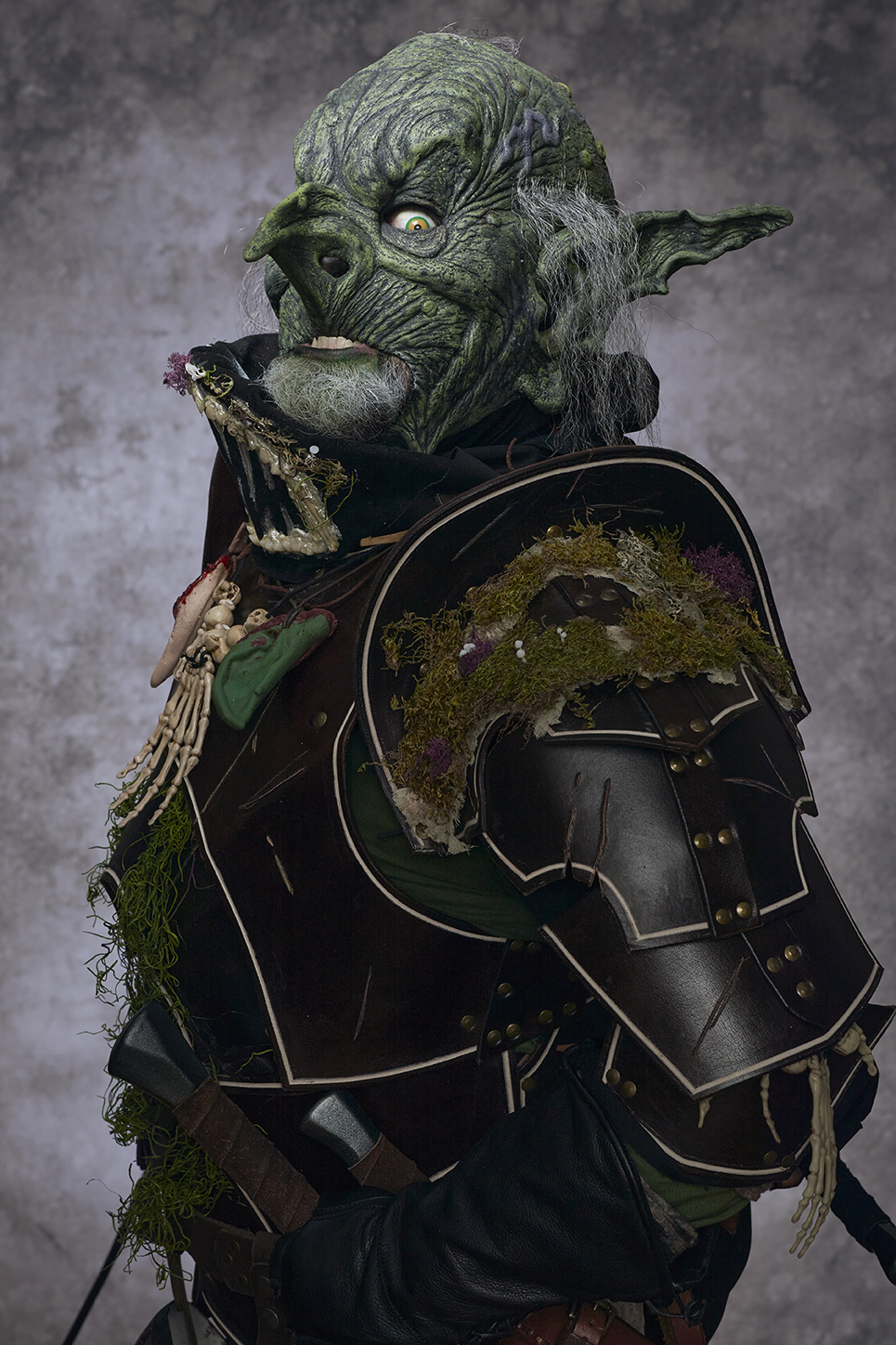
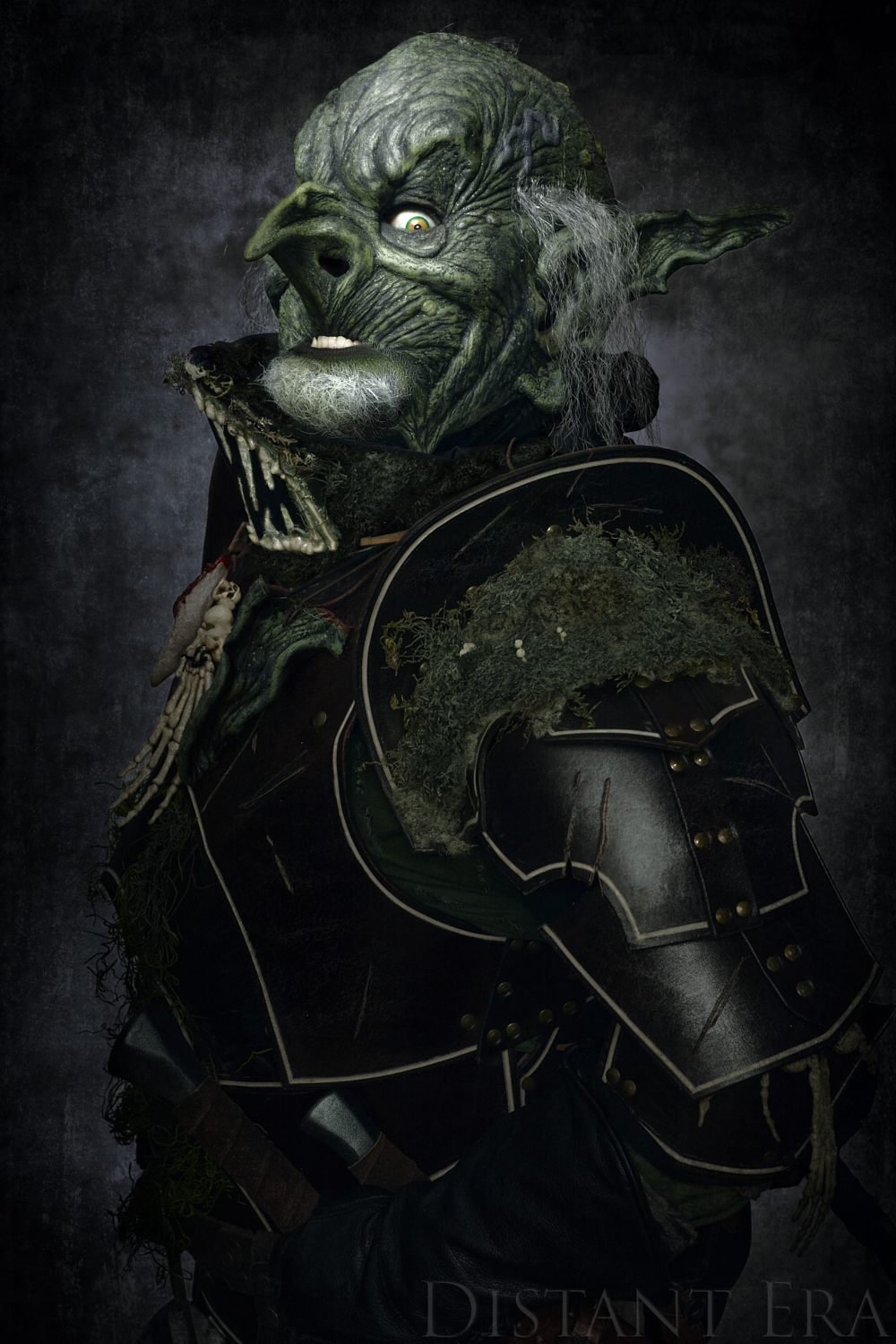
Beneath the goblin armor and mask, Nathan could hardly move, so Sara Robinson and Elizabeth MacDougald, who provided invaluable assistance during this session, had to navigate him around obstacles.
We had a good time as usual, with Elizabeth and Sara helping manage the shoot. Here are some behind-the-scenes images, and of course our final review image featuring Garrus the Cat at his post.
Story Inspirations, Observations, and Anecdotes on Goblins
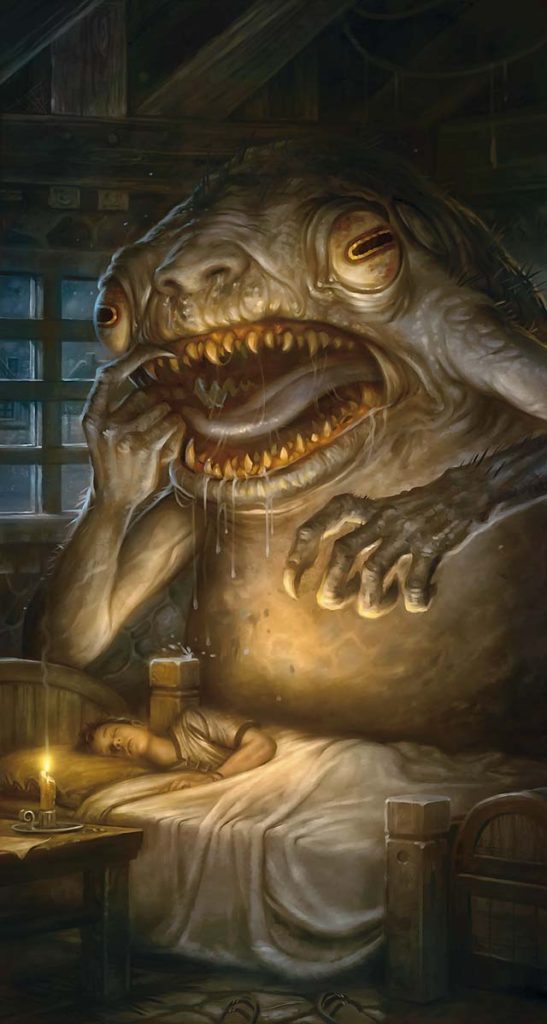
When I was a very young child in the late ‘70s and early ‘80s, our very old neighbor from across the street used to tease me with a poem that had a line, “And the goblins will get ya if ya don’t watch out!”
This poem, “Little Orphan Annie,” by James Whitcomb Riley (I later learned), caught in my imagination, and I’ve been curious about goblins ever since. Our babysitter in that era went to see the Lord of the Rings movie—the original one by Ralph Bakshi in 1978—around the same time and told us of the goblins in The Lord of the Rings. In a few short years, around age seven or eight, I would be interacting with goblins on the regular, playing Dungeons & Dragons. Legend and Labyrinth, both featuring goblins, appeared in theaters soon thereafter. Years later, these ideas would ferment into ideas for creatures of my own invention (right).
Over the past ten years as I’ve read and researched more fairytales and folklore, I’ve become more familiar with goblins and their roles in those stories as mischievous ne’er-do-wells, and it’s been interesting to see the various ways they are portrayed in myth and story. In Japan, for example, they appear in Ukiyo-e woodblock prints as tengu, a sort of bird-man of the mountains, alternately depicted with a red face and long nose (see the illustration below for both examples).
Goblins are established, traditional characters in fairytales and folklore, and I love to photograph them. When Nathan Pease first offered to portray his goblin character in Portraits from a Distant Era, I couldn’t believe how cool and how lifelike the mask looked; naturally the goblin has been back for two series since.

Next week in The People of Light and Shadow series…
A figure of Greek myth! Featuring photographer and teacher Lupe Ramirez.

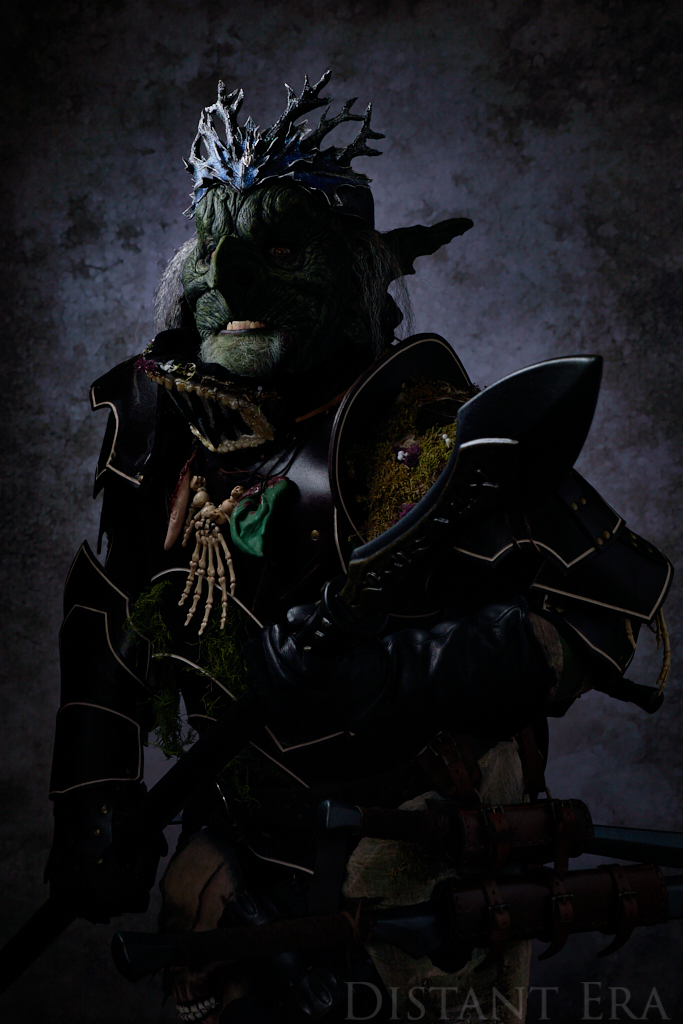

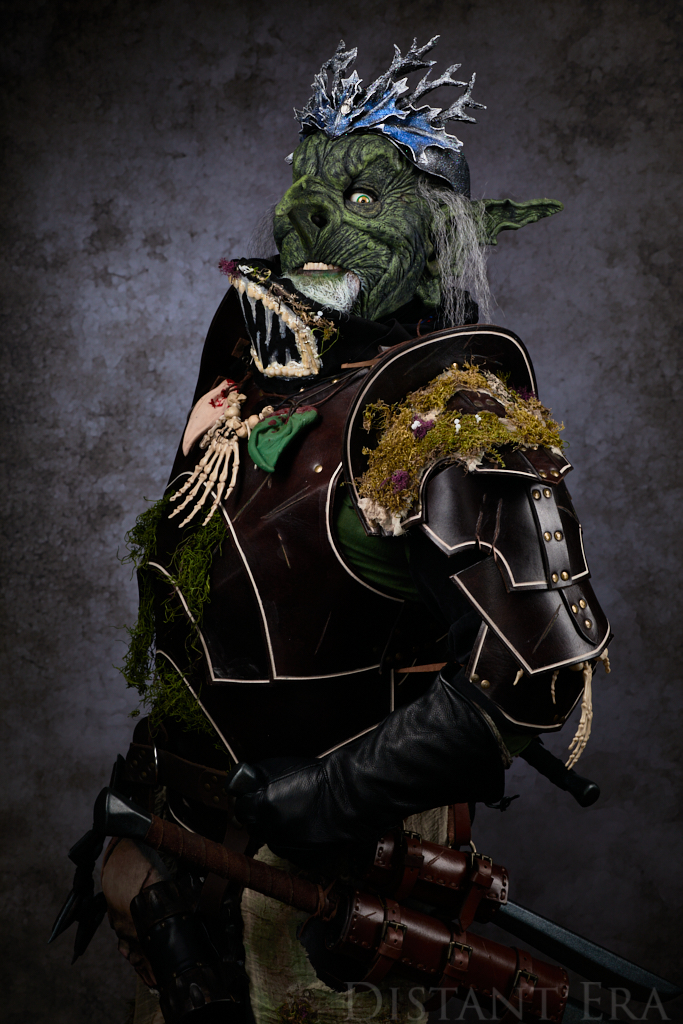
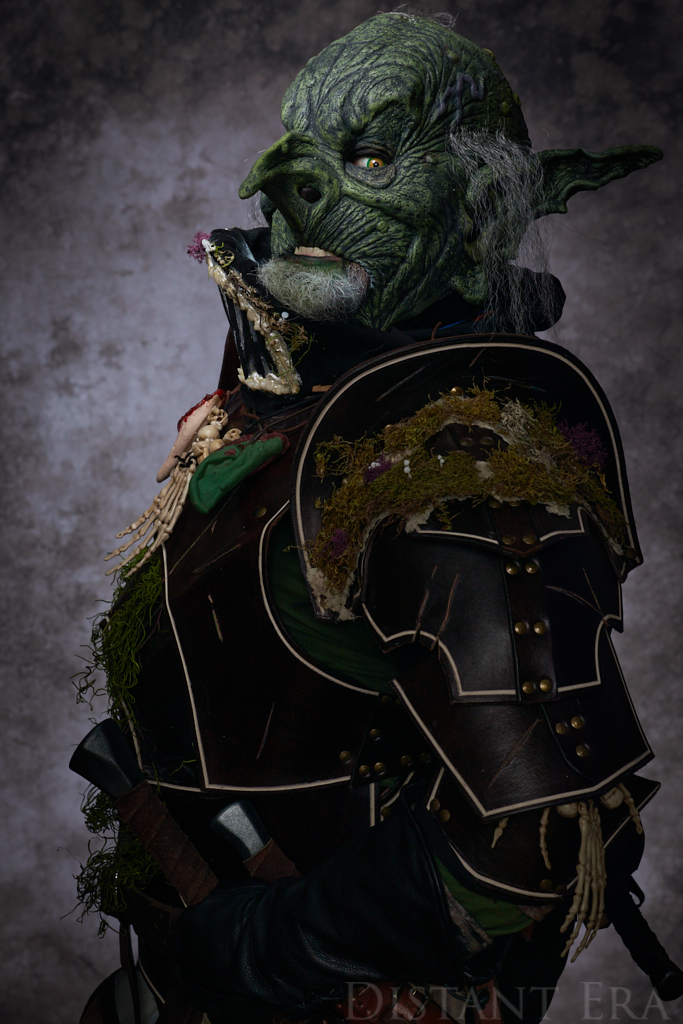

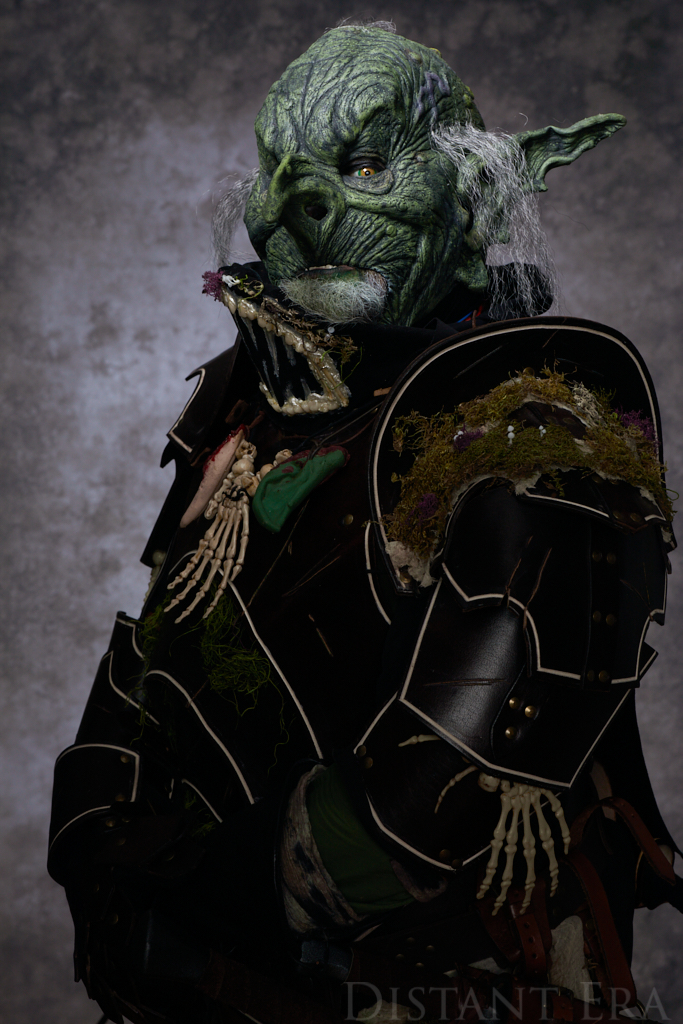


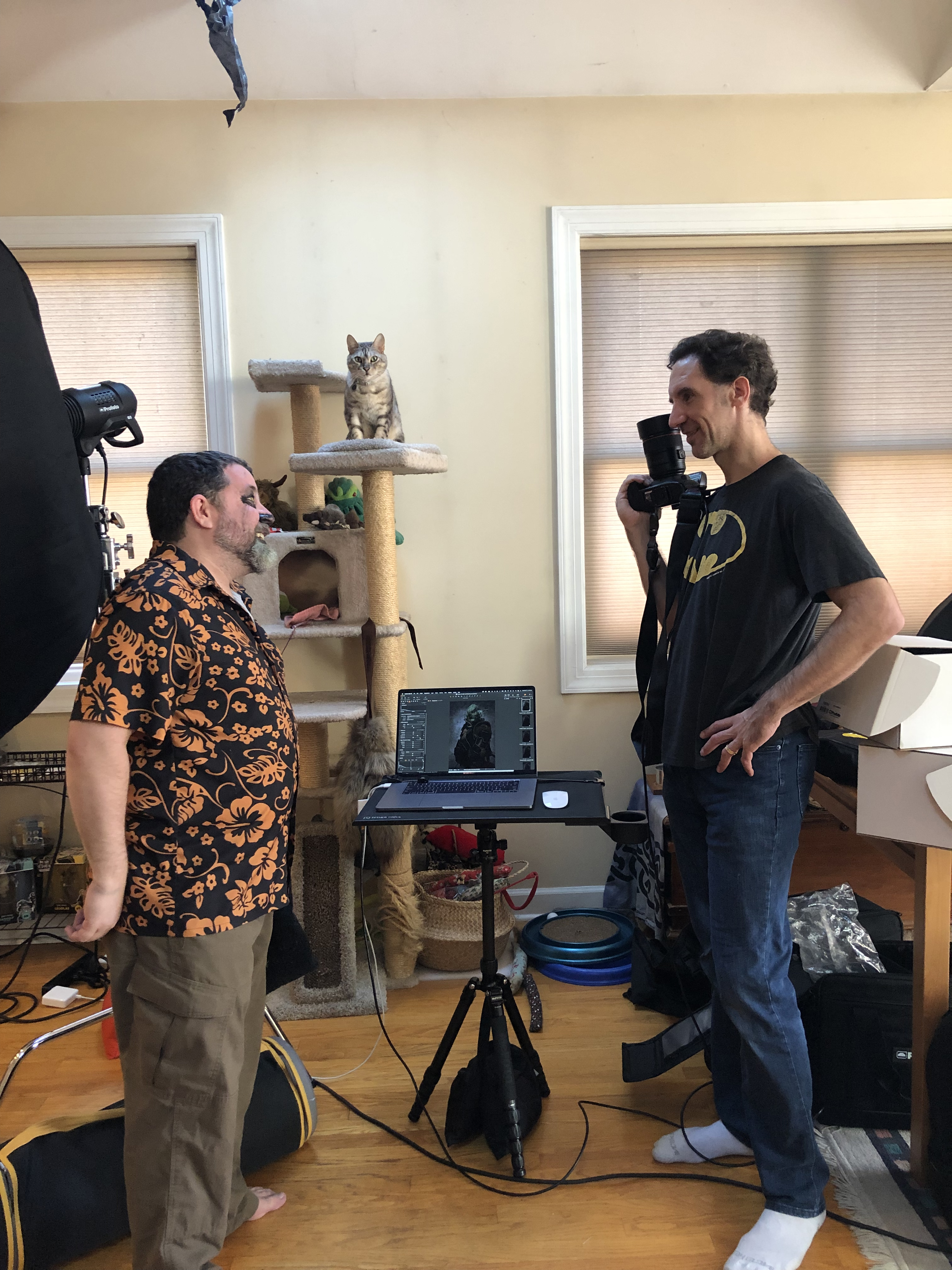

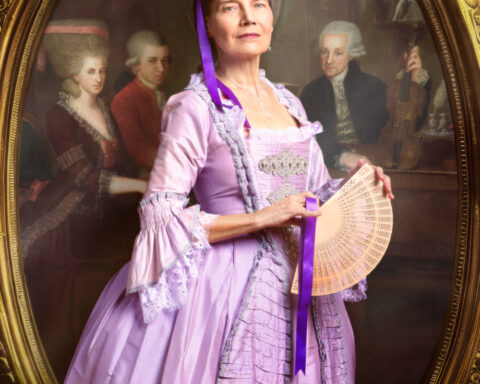
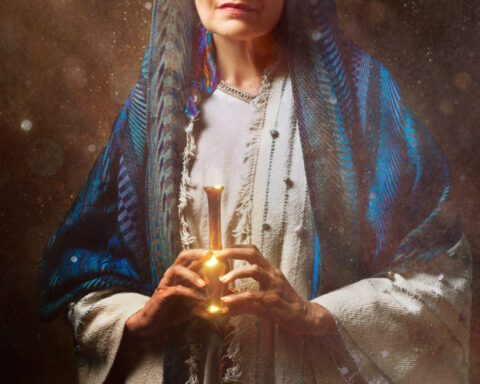
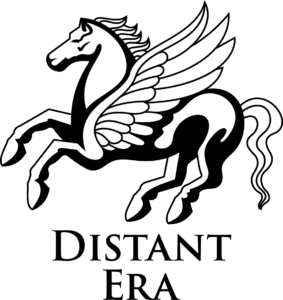
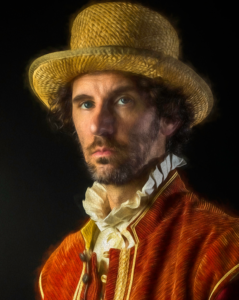
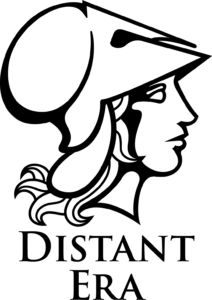
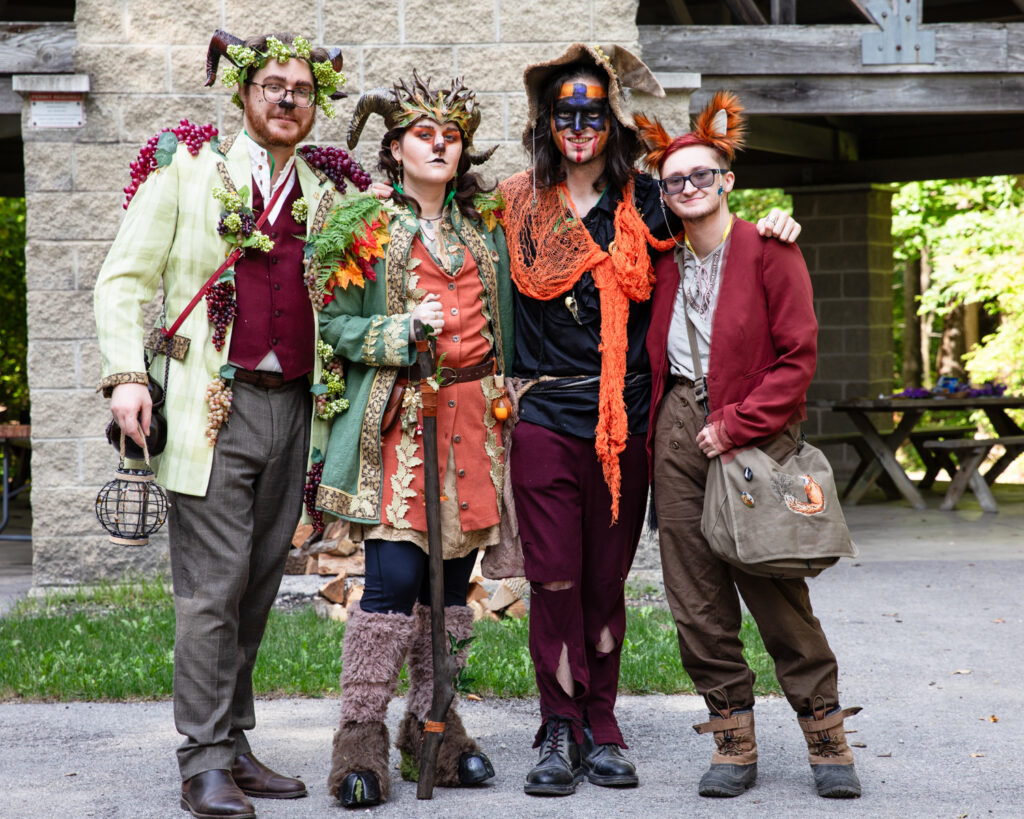
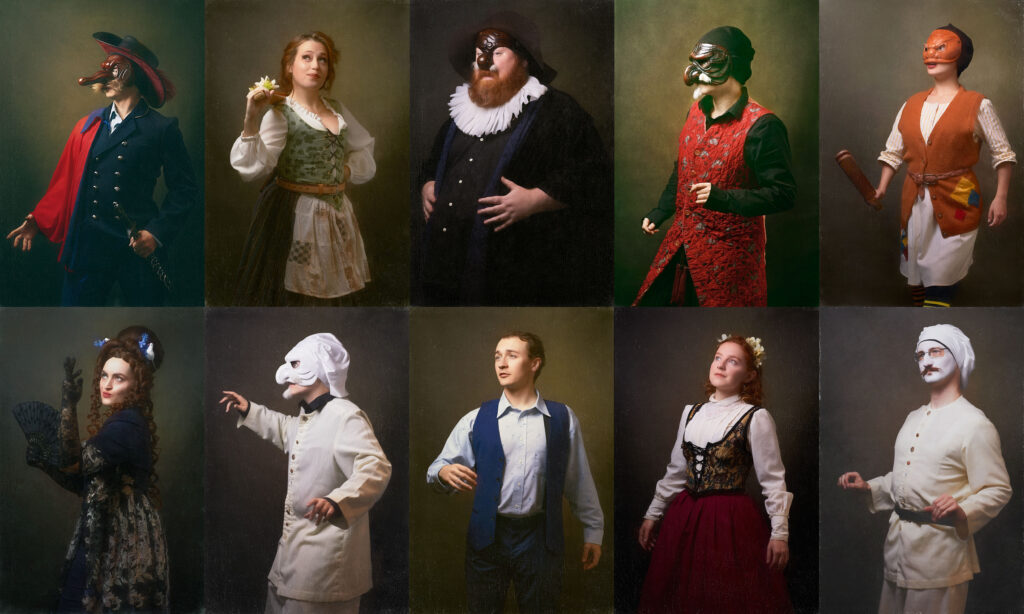
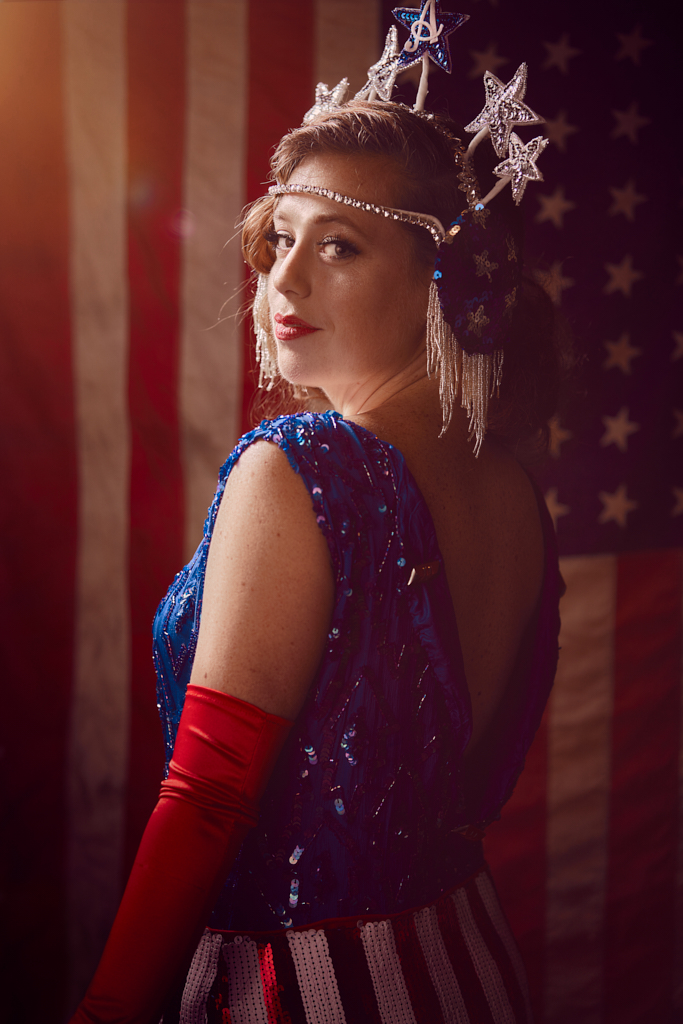
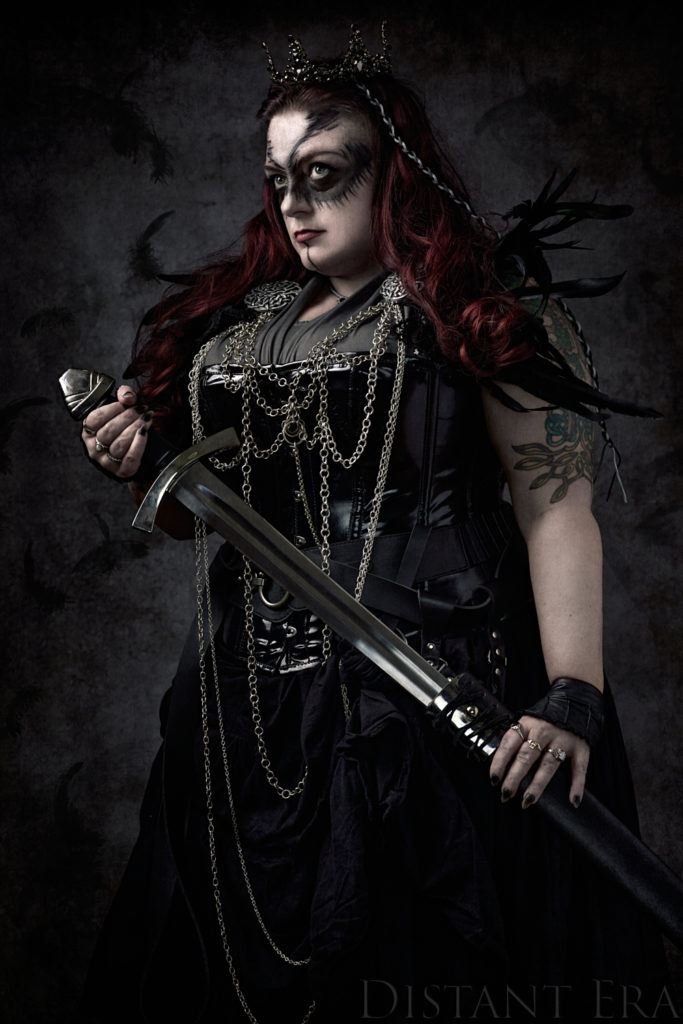
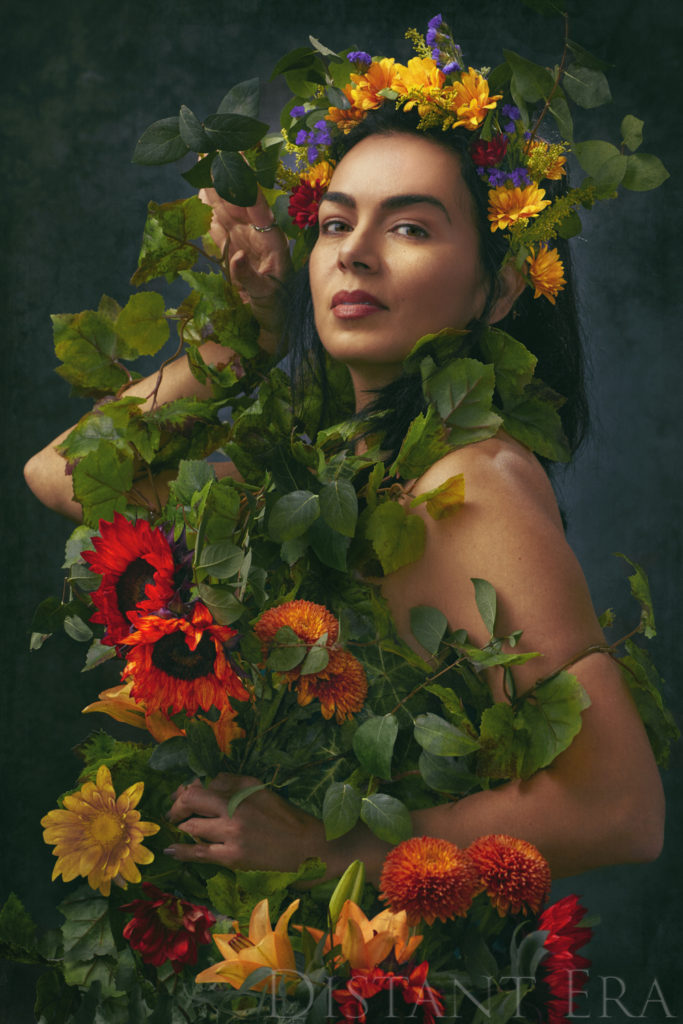
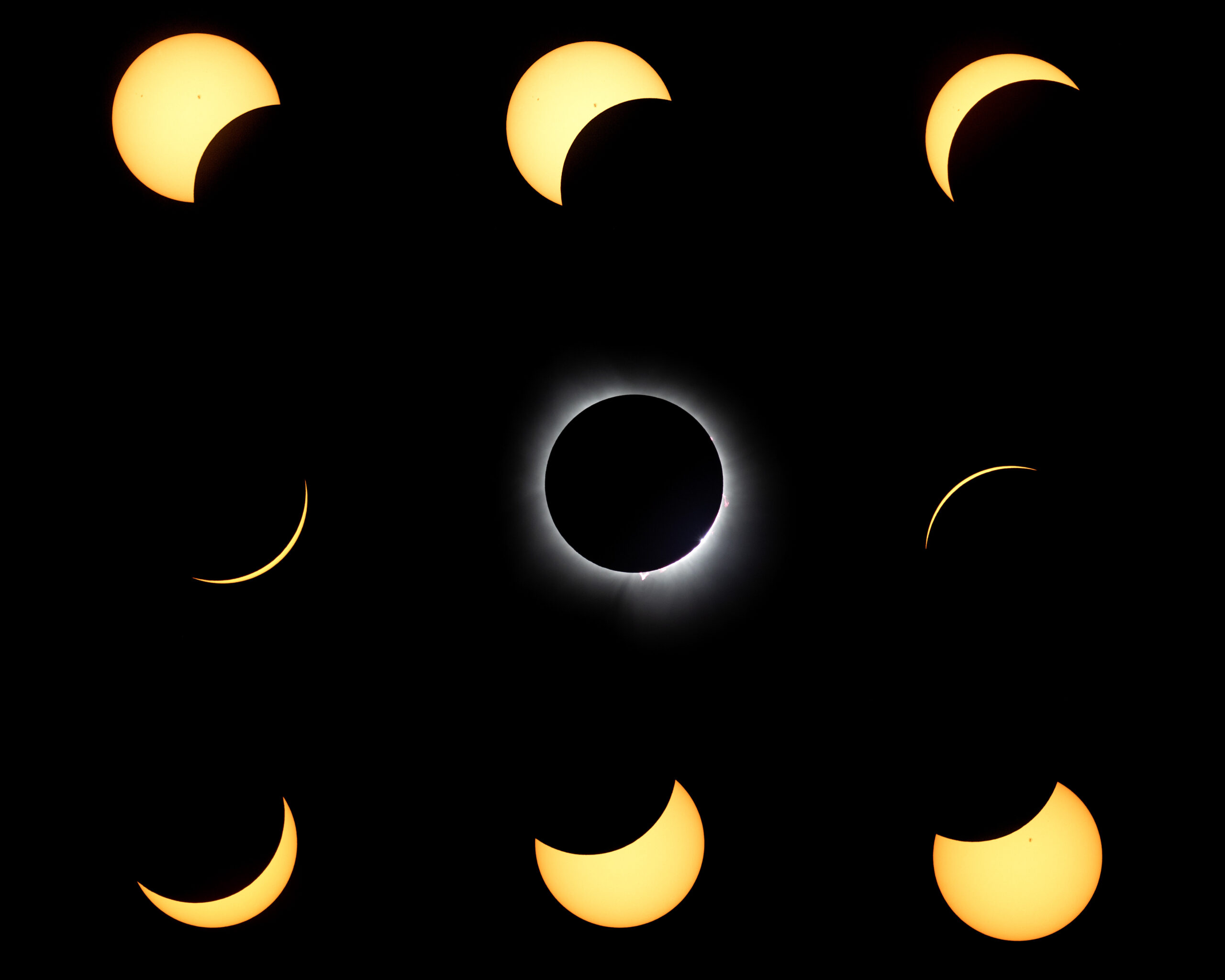
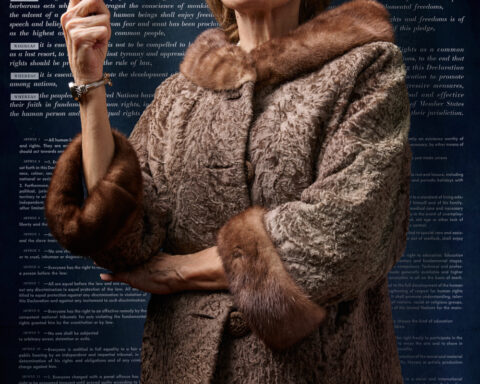
Follow Me